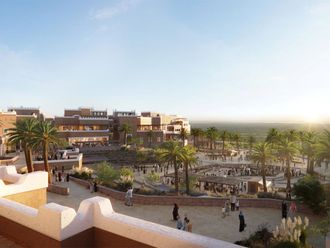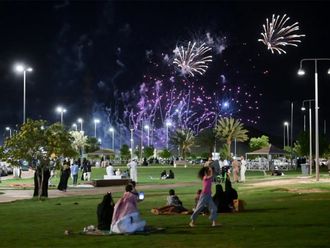Dubai
The performance of the Middle East’s hotels was negative in February, according to data released on Thursday by STR.
Compared to the same month in 2017, hotels throughout the Middle East saw occupancy drop by 0.7 per cent to 70.5 per cent.
It was a return to form for the region’s hotels, following a marginal increase in January of this year, when occupancy rose by 1.9 per cent to 69.1 per cent.
The average daily rate (ADR) dropped steeply compared to February 2017, losing 7.3 per cent down to $161.96.
The revenue per available room (RevPAR), a key metric used to measure the health of a hotel, declined by nearly 8 per cent to $114.26 compared to the same month last year.
Oman brought some good news, however, enjoying its best February ever. The Sultanate’s ADR was up by 1.7 per cent to 174.85 Omani riyals, whilst its occupancy jumped 4 per cent year-on-year.
Its RevPAR also increased by 5.8 per cent to 128.87 riyals.
STR analysts were upbeat about the country, saying: “Demand reached an all-time high for a February in Oman. ADR has now increased for two consecutive months in the country after three straight years of mostly ADR declines.”
Elsewhere in the Gulf, STR reported in February that Saudi Arabia’s hotel development pipeline represented 76 per cent of the existing room supply in the country. However, STR analysts stressed the importance of considering the long-term investments being made in tourism and hospitality as part of Vision 2030.
In the wider region, STR was cautious on Lebanon, which posted incremental gains in ADR and RevPAR, but stripped in occupancy.
The increase in ADR was the first for a February in Lebanon since 2015.
According to STR analysts, security concerns continue to weigh on the country’s hotel performance. Demand, down 0.4 per cent in February, has dropped year-on-year for four straight months. At the same time, supply growth has been minimal.












